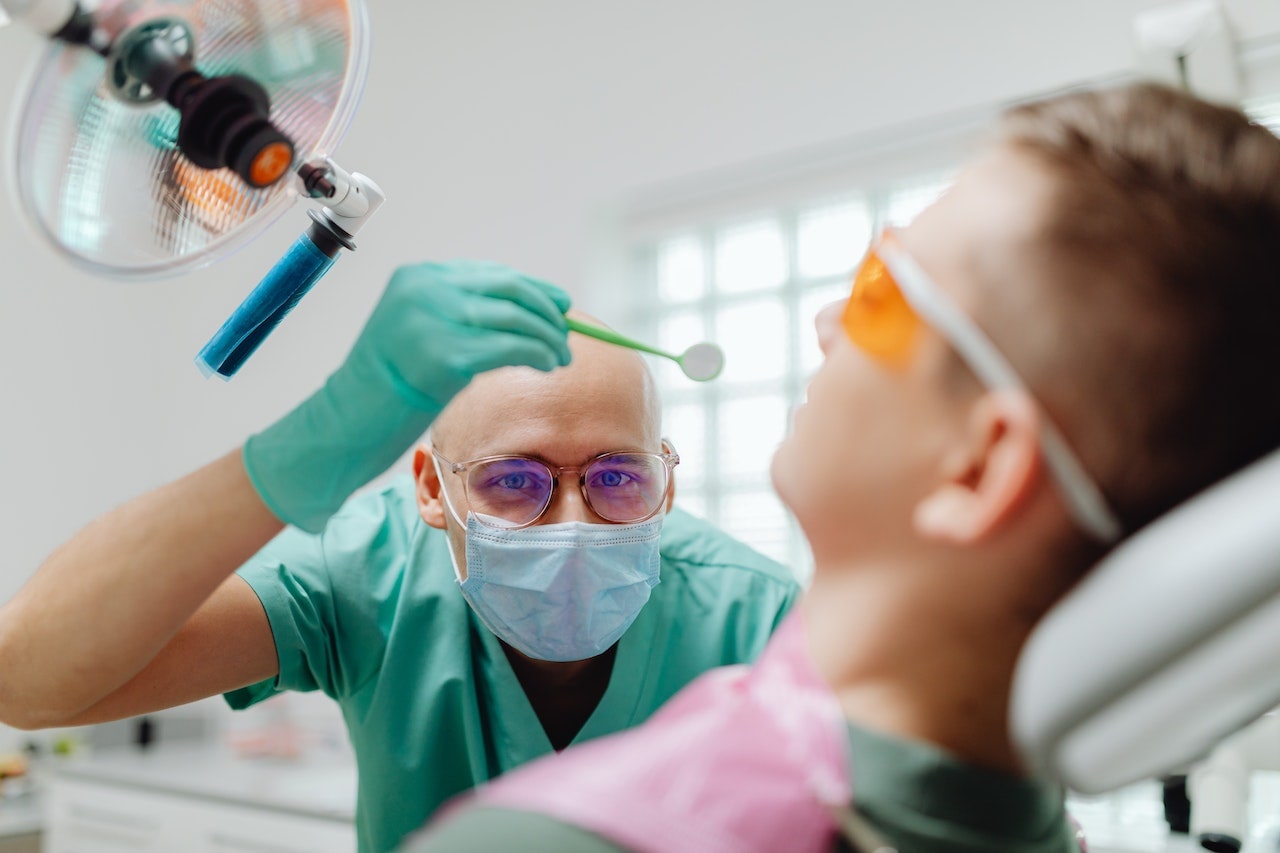Your dentist knows that the materials they use are as important to the outcome of your care as their skills are. When performing cosmetic or restorative dental care your dentist is as much artist and craftsperson as they are doctor. The first step to providing effective dental care would be making use of the proper tools and resources. They know that when they take this approach they’re sure to see the pleased smile they hope for on their patient’s face when the treatment is over.
How The Right Resources And Tools Improve Results
As you’re undergoing dental care you may realize you recognize the resources and brands that your dentist uses during your treatment. When you’re undergoing treatment to improve your smile, they ensure that the results have longevity. They also ensure that the appearance of the outcome of the treatment is as close to the patient’s desired results as possible. What this means is that their expertise is already being utilized before you ever step foot in the office. They’re considering the treatment you’re about to undergo and determining which materials will get the best possible results. Their first consideration is whether these products are approved by the American Dental Association, with personal experience and reputation coming next.
- Composite Systems: Dental restoration is one of the most common types of procedures performed at dental clinics. The materials used are essential in this process, in part due to what they’ll be replacing. Dental enamel is the most resilient material found in the human body. Restoration materials used in treatment have to be able to meet the demands placed on it. Omnichroma flow and Venus Pearl One are two examples of materials that are able to meet this demand.
- Universal Bonding Systems: So now that your dentist has the right restoration material, they have to consider how to bond it in place. Universal Bonding Systems serve as a form of adhesive to ensure that your restorations stay in place. Two versions of this include Rely Universal Resin and KaVo Kerr Optibond Universal Solution.
- Temporary Cement: During some forms of restoration and cosmetic treatment a temporary restoration will need to be secured in place. The temporary restoration must remain in place while still being able to be removed when the time comes. Provincial QM Aesthetic temporary cement is one example commonly used by dentist.
- Bioceramic Restoratives: Bioceramic Restoratives hold a special place in the dental industry. They’re heralded for their ability to work with the natural processes of the body. Pulpdent Active Bioactive Restorative and Corsair Restore Quickcap are examples of these restoratives.
Your dentist uses many other products in their practice, but these are the most frequently used due to their effectiveness and resilience.
Speak With your Dentist About Their Products
Your dentist can tell you about which products they use and why they opted for them. They’ll also give you effective feedback on your home dental care routine, and what products may be able to help you with it.
